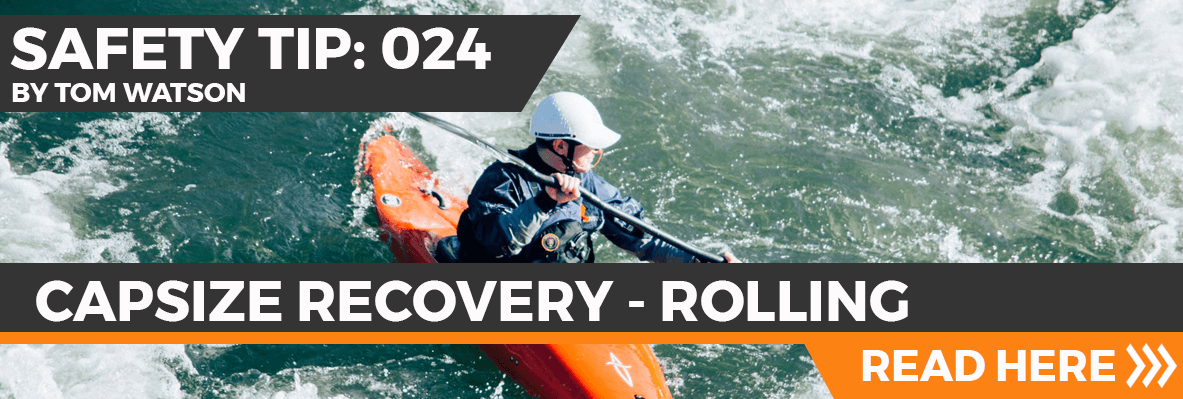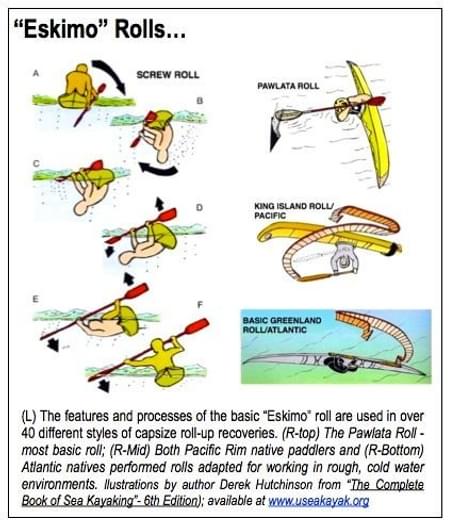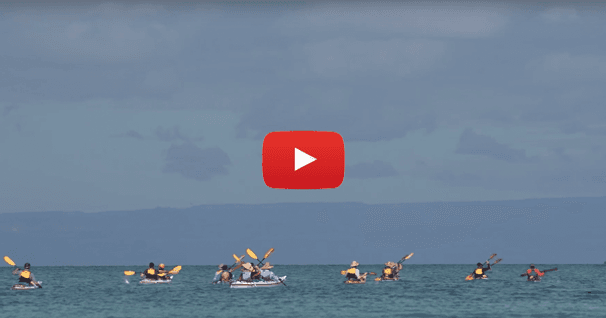Capsize Recovery - Rolling

Performing a “bombproof” roll is probably at the pinnacle of kayaking skills. From ancient recovery maneuvers perfected by Arctic paddlers to the myriad forms executed by whitewater enthusiasts, today’s paddler is exposed to literally scores of rolling techniques. All are based on a response recovery from myriad capsizing situations that could arise when on the water. For the serious kayaker, having a good roll is paramount to paddling safety.
Every roll has four basic components that are essential for performing this type of recovery:
- keeping the head down - making it swing up out of the water last, not first;
- good hip snap - controlling boat with knees and movement initiated by hips;
- good bracing form - to prevent capsize in first place, and better paddle control;
- relaxed, confident execution of each step in the rolling process.
The successful roll is achieved when it is executed unexpectedly in a real-life situation, not when performed in controlled, planned conditions (such as a pool, or calm, non-threatening situations). Even the best “rollers” might fail after an attempt or two requiring that a wet exit and back-up re-entry plan be in place. Fatigue and worsening conditions might adversely affect your ability to attempt or complete a roll.
The basic touring/recreational kayak rolls include the “Screw” and “Pawlata”; whitewater paddlers often prefer a “C to C” roll. Most rolls are adapted from these classic forms. Using only your hands/arms is considered by most to be the ultimate roll. Like any of these forms, practicing in calm waters with assistance to help guide you through the motions is one of the best ways to learn rolling.
Poolside exercises in hip snap and head-down training, mastering bracing techniques, controlling breathing and relaxing your grip and body all play a key roll towards achieving successful rolling skills.
50 years of lightweight, maneuverable, high-performing kayaks.
Check out this interview with Tom Keane, Eddyline Kayaks Co-Owner, on their journey!
Related Articles
Learn how to correctly edge your boat, use proper body position and place your paddle in order to save…
Whenever you're paddling, there's safety in numbers and so it's generally not a good idea to paddle…
Whether you were new to paddling in 2018 or you're an experienced paddler, you can never stop learning.…
River obstacles are serious hazards on any waterway - from placid, slow-moving streams to raging,…






